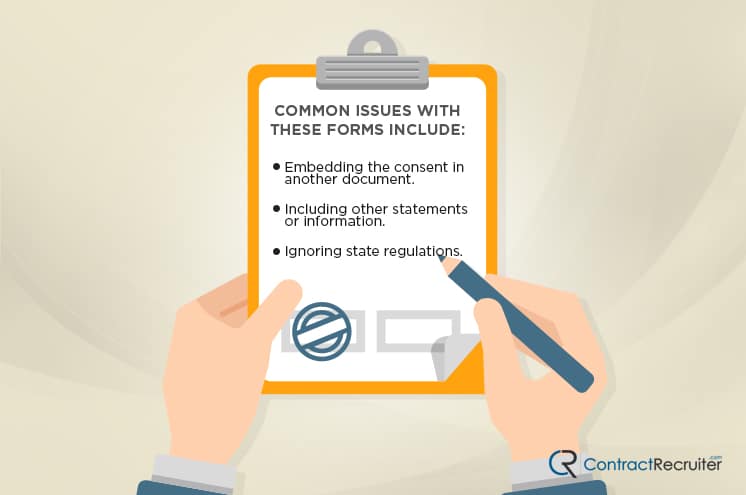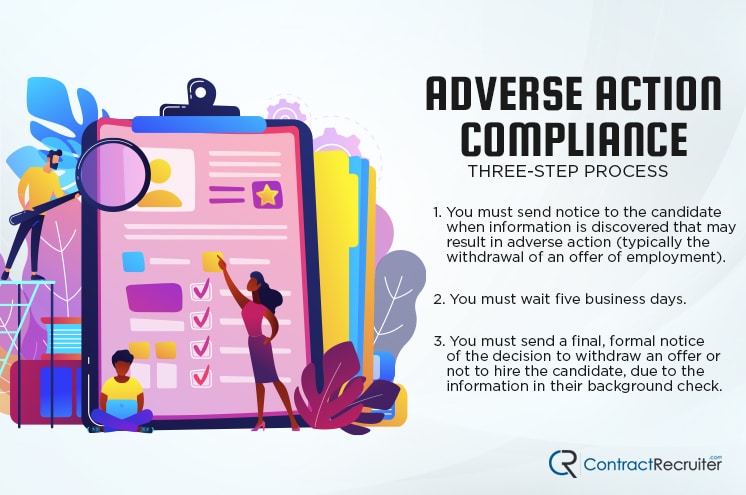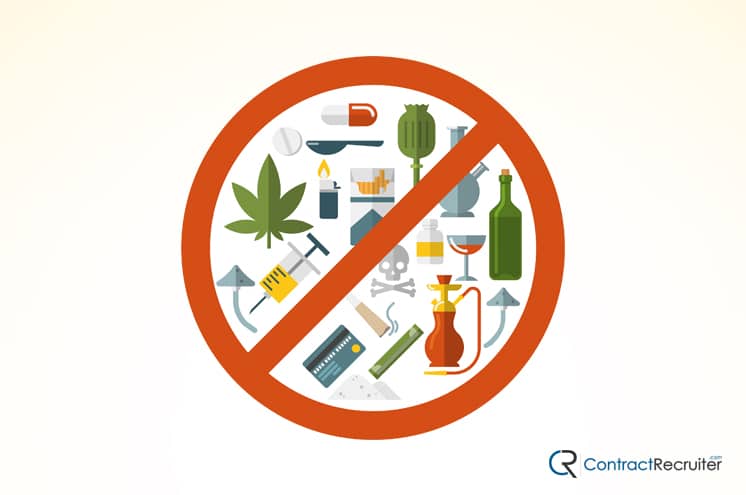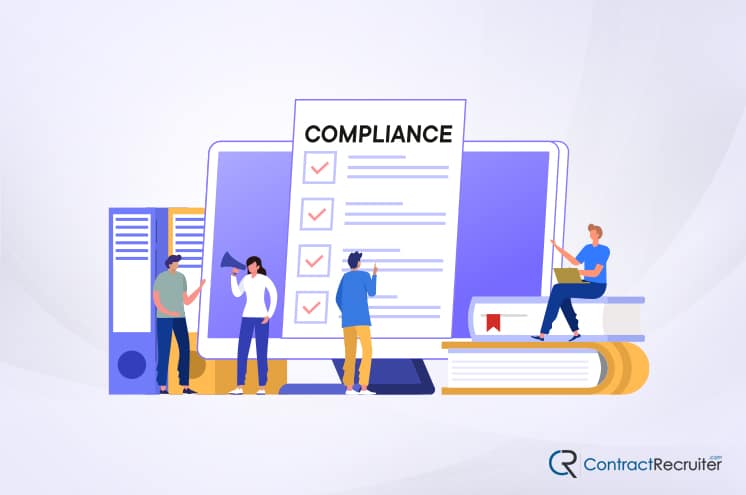Every business, sooner or later, runs into the complex issue that is compliance. Whether it’s OSHA workplace safety regulations, HIPAA privacy regulations, legal confidentiality regulations, or something else, compliance is always there. It’s also not something a business can ignore. Violations of compliance regulations can lead to anything from fines to a government entity shutting your business down until changes are made, or worse.
In the world of recruitment, businesses must follow specific regulations to stay in compliance with federal employment rules. Violation of these regulations is not ignored. Via the EEOC:
“The U.S. Equal Employment Opportunity Commission (EEOC) today released detailed breakdowns for the 67,448 charges of workplace discrimination the agency received in Fiscal Year (FY) 2020. The agency secured $439.2 million for victims of discrimination in the private sector and state and local government workplaces through voluntary resolutions and litigation.”
Unless you want your business to add to these statistics, you need to be aware of compliance regulations and follow them.
Understanding compliance means being aware of the push and pull of two different forces. On the one hand, you want to recruit the best possible employees for your business in any open role. On the other hand, you need to make sure that you’re not searching for those employees, filtering them, or removing them from consideration based on protected information.
Compliance is about more than just avoiding federal penalties and lawsuits. It’s about creating a diverse, compelling roster of employees. Whether it’s attracting more female candidates and making them feel safe in the workplace, bringing in international experiences and perspectives, or simply broadening the diversity of ideas, compliance is of enormous importance for a successful modern company.
What sort of compliance regulations should you keep in mind? There are a handful, all of equal importance.
Protected Category Compliance
Perhaps the single most prominent form of compliance is protection for various forms of information about a candidate. Your business may not make hiring or employment decisions, salary decisions, or other policy decisions based on protected categories. Protected categories include race, color, religion, gender identity, sexual orientation, national origin, disability, pregnancy, and more.
It’s critically important to understand that discrimination does not necessarily mean overt bigotry. There are many actions and lack thereof that can constitute adverse action, bias, or implicit discrimination, even if there’s no willful intent behind it.
One typical example is the inclusion of “Must be able to lift and carry at least 50 lbs.” in a job listing for a role that does not require physical activity, such as an office job. While you might justify it by talking about moving printers or reams of paper, physical capacity is not necessary to perform the job, and demanding it can be discriminatory against people with physical disabilities, motor control issues, or other protected attributes.
Compliance here begins as early as the composition of the advertisements and job postings used to promote an open role, the interview questions (more on that in a moment), and enforcement of policies within an organization.
Interview Topic Compliance
The interview is one of the most critical parts of the hiring and recruitment process, and it is also the most fraught with issues concerning compliance.
When conducting an interview, skills assessment, or other pre-employment screening, you must take care to avoid asking for or even considering protecting information. Per HRMSWorld:
“Interview questions must focus on the applicant’s ability to do the job and must not stray into topics such as disability, race, color, gender, religion, etc. Any tests that are part of the hiring process must be wholly relevant to the position you are seeking to fill and should not exclude on any of the abovementioned grounds – nor should a test exclude applicants aged 40 or older.”
One common way to help avoid bias and discrimination in the interview process is using an interview scorecard. An interview scorecard serves as a template for each candidate’s asked, with pre-formulated questions and a rubric with which to judge the answers from an unbiased perspective. You can learn more about scorecards, as well as how to create them, here.
Background Check Compliance
Background checks are an essential way to verify information about an applicant and protect your business from candidates with a history of behavior unsuitable for employment. They are, primarily, a way to verify that a candidate is who they claim to be and verify records such as academic history, employment history, and other information such as driving history, drug test history, and convictions.
The primary regulation driving compliance in background checks is the Fair Credit Reporting Act. This act requires explicit written consent to a background check before you can initiate such a check and specific procedures for handling and using the information found in a background check.
Some information in a background check may also be protected, depending on your state jurisdiction. For example, using certain drugs, credit records, and records older than a certain number of years can all be protected. Using information that is protected as part of a decision is a violation of compliance.
Additionally, background checks must be equally distributed; a company that requires a background check on certain kinds of applicants but not for others is discriminating by default.
Consent Form Compliance
As part of compliance with background checks, a company must obtain a signed consent form before initiating a background screening of any sort. Many companies don’t know that this consent form itself is a carefully regulated document with federal laws governing what it can and cannot contain.
A consent form may only include two sections: authorization and disclosure. Authorization is the request for a signature from the candidate who will be screened. Disclosure is the statement that says you plan to run a background check.
Common issues with these forms include:
- You are embedding the consent in another document. Your screening consent form must be a stand-alone document, explicit in its purpose, and cannot be lumped together with other documents or authorizations.
- You are including other statements or information. A frequent example is a release of liability; by including such a release, your consent form becomes invalid and non-compliant.
- You are ignoring state regulations. Federal regulations guide consent forms, but specific states may have stricter rules on what can and cannot be included in a background check and the related documents.
Non-compliant consent forms are among the most common violations of compliance in the country and thus are worth review for any business.
Adverse Action Compliance
Adverse Action comes in two forms. One is general, which we discuss in greater detail in this article. The other is related explicitly to background checks.
When you run a background check and discover information about a candidate that was not otherwise disclosed and is not protected, which alters your decision to hire the candidate, you must follow a specific protocol.
This protocol is a three-step process.
- You must send notice to the candidate when information is discovered that may result in adverse action (typically the withdrawal of an offer of employment).
- You must wait five business days.
- You must send a final, formal notice of the decision to withdraw an offer or hire the candidate due to the information in their background check.
This process aims to give the candidate the opportunity to refute the validity of the background check and the information therein.
Background checks are not infallible! Every year, there are cases where individuals are misidentified, and incorrect data relating to another individual is used against them.
Drug Screening Compliance
Screening for drug use may or may not be allowed depending on your state jurisdiction. While many controlled substances remain illegal, one of particular concern is marijuana. Until recently, it was common to see zero-tolerance policies in place as a contingency for hiring and continued employment, with sporadic drug screens used to verify compliance from employees.
With the proliferation of medical marijuana usage, and the ongoing push to legalize marijuana at the state level in numerous states, drug screenings become riskier. Medical use, in particular, is protected. In states where recreational usage is legal, making a hiring decision or taking adverse action based on the results of a drug screen (or even requiring a drug screen in the first place) may violate compliance.
One potential exception to this is government jobs. Notably, federal government jobs have a whole suite of additional compliance regulations that you must follow. Regardless, it has become dangerous for companies to screen based on marijuana usage in many states, and knowing state regulations is critical.
Credit History Compliance
Another common element of a background check that may influence a hiring decision is credit history. While the use of credit reports and credit history is not illegal at a federal level, many states and even some cities have specific prohibitions and regulations on credit history in making an employment decision.
The rationalization is simple: credit histories are often discriminatory themselves, and the information they contain is rarely relevant to the performance of the duties required in a job. What relevance does an individual’s debt, credit balance, or several credit accounts have on the ability to function as a cashier, an office worker, or a manager? None.
Additionally, credit history is biased by specific factors that tie directly to protected classes. Recent immigrants often have little or no credit history. Minorities are often victims of discrimination in housing, banking, and other industries, which leads to suppressed credit scores. Younger people generally have lower credit scores, meaning credit can be age discrimination as well. Credit scores can reflect a wide array of biases and discriminatory practices, and using them can also be considered discrimination.
Salary History Compliance
In a similar vein, asking for past salaries at previous workplaces is typically both irrelevant and discriminatory. A majority of the time, past salary history is only used to justify paying a candidate a lower salary than they would otherwise deserve for the role they are accepting.
As we have written in our discussion on the subject:
“Unfortunately, salary history has been used to justify many bad practices throughout the employment industry. For example:
People have used salary history to eliminate candidates with low salaries, assuming that if they were genuinely skilled, they would have been earning more.
People have used salary history to eliminate candidates with high salaries because they’re “too expensive,” even if that candidate might be willing to take the pay cut.
People use salary histories to exacerbate ongoing gender pay discrimination. It’s illegal to pay people differently based on their gender, but if they have been paid differently in the past and you use salary history to justify it, it becomes legal.”
Many states and cities have prohibited asking for salary history or even using salary information volunteered by the candidate. Additionally, it is often better to offer a salary range in public job listings to avoid salary-related issues in hiring. And, of course, ensuring that employees in comparable roles are paid similar amounts is critical.
Ban-The-Box Compliance
Another modern push to remove discrimination from hiring is the “Ban-The-Box” campaign. The “box” in question is the checkbox on employment screenings stating that the candidate has not been convicted of a felony.
The rationale is that felony convictions are rarely relevant to employment and that those convicted of crimes are no less able to work a job than those who have not been convicted. Convictions can also be biased against other protected classes due to inequality in the country’s justice system and police forces.
Thirty-six states and 150+ cities have created ban-the-box regulations and regulations at the federal level for government jobs. It’s well worth removing the box even if you don’t operate in those states to stay ahead of the curve.
Maintaining Compliance
Compliance in recruiting is complex, but it’s the law, and it’s highly worthwhile.
Maintaining compliance isn’t just a matter of avoiding fines and liability as a company if a candidate or employee chooses to pursue legal action. It also helps your business build a more robust and diverse workforce, which is universally more effective for the company. Take steps to review your policies, practices, and local regulations to ensure compliance sooner rather than later.










